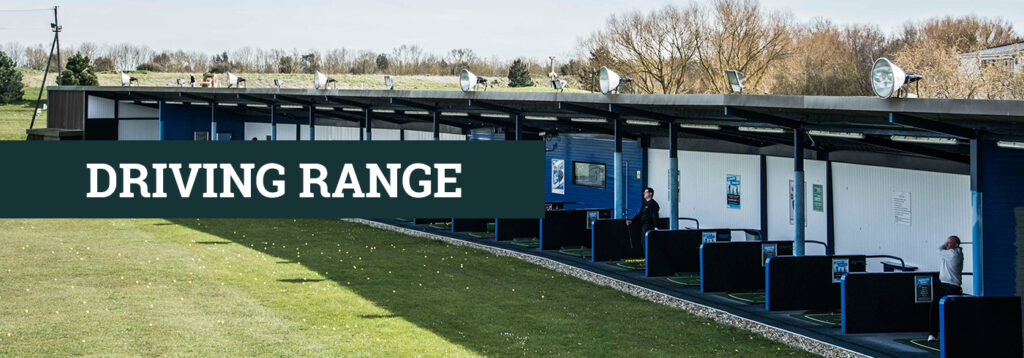Golf often dubbed the sport of precision and patience, demands continuous practice to master its intricacies. However, for many enthusiasts, finding the time for a full game can be challenging amidst the demands of daily life. This is where the driving range emerges as a haven for golfers, offering a dedicated space to hone their skills, perfect their swing, and indulge in the artistry of the game. In this comprehensive exploration, we delve into the nuances of driving ranges, from their setup to their significance in the realm of golfing.
Understanding the Driving Range
A driving range serves as a sanctuary for golfers seeking to refine their technique outside of the traditional golf course setting. It is a facility or area specifically designed to accommodate practice sessions, providing golfers with the opportunity to unleash their swings with a variety of clubs and distances. This not only serves as a means of improvement but also as a recreational activity in its own right, offering solace to amateur golfers and professionals alike.
Facility Layout and Features
Driving ranges come in various shapes and sizes, catering to the diverse needs of golf enthusiasts. While many are integrated into existing golf courses, standalone facilities are also prevalent, particularly in urban areas where space is limited. These ranges are typically managed by businesses or educational institutions, offering amenities tailored to enhance the practice experience.
One of the defining features of a driving range is its layout, which typically includes marked distances represented by target greens. Golfers can gauge their accuracy and distance control by aiming for these targets, providing valuable feedback on their performance. The surface of the range may consist of natural grass, resembling that of a golf course, or synthetic mats designed to mimic turf, offering flexibility in practice conditions.
Utilizing the Driving Range
Access to a driving range is facilitated through the purchase of buckets of golf balls, available in various sizes to accommodate different practice durations and intensities. Golfers can then hit balls at their leisure, focusing on specific aspects of their game or simply enjoying the therapeutic rhythm of swinging clubs.
Innovations in technology have further enhanced the driving range experience, with the introduction of electronic tee devices that automatically load balls and track usage through smart card systems. Additionally, driving ranges often employ golf professionals who provide personalized instruction and guidance, helping golfers refine their technique and achieve their desired level of proficiency.
Safety Measures and Environmental Considerations
Safety is paramount in driving range design, particularly in densely populated areas where stray balls pose a risk to surrounding individuals and structures. To mitigate this risk, large nets are often erected around the perimeter of the range, serving as a protective barrier against errant shots. Furthermore, specialized carts equipped with brush and roller attachments are employed to retrieve balls efficiently and safely, minimizing the need for manual collection.
Environmental sustainability is also a key consideration in driving range operations, with many facilities implementing measures to reduce their ecological footprint. This may include the use of eco-friendly materials in construction, water conservation practices, and the incorporation of renewable energy sources where feasible.
Cultural Significance and Global Trends
The popularity of driving ranges extends far beyond the realm of traditional golfing communities, with facilities emerging as cultural landmarks in many regions. Nowhere is this more evident than in Japan, where driving ranges serve as vital outlets for golf enthusiasts in densely populated urban areas. With golf courses often overcrowded and prohibitively expensive, driving ranges offer a more accessible alternative, allowing individuals to indulge in their passion for the sport without breaking the bank.
Diversification and Specialized Practice Areas
In response to evolving consumer preferences, many driving ranges have diversified their offerings to include specialized practice areas catering to different aspects of the game. These may include dedicated spaces for chip shots, bunker shots, and putting, allowing golfers to fine-tune their skills in specific areas of weakness. Furthermore, some driving ranges incorporate other sports-related practice areas, such as batting cages or miniature golf, providing additional recreational opportunities for visitors.
Range Balls: The Unsung Heroes
Central to the driving range experience are the range balls themselves, specially designed to withstand the rigors of repeated impact while maintaining consistency in flight and distance. Unlike traditional golf balls, range balls often feature a harder cover for increased durability, making them ideal for prolonged use on driving ranges. While they may not conform to the strict regulations governing tournament play, range balls serve a vital role in the practice journey, enabling golfers to refine their technique without the fear of damaging expensive equipment.
Conclusion
Driving Ranges represent far more than mere practice facilities; they embody the essence of golfing culture, providing a sanctuary for enthusiasts to immerse themselves in the timeless pursuit of mastery. From their humble beginnings to their modern-day evolution, driving ranges continue to play a vital role in shaping the future of golf, offering a gateway to the sport for aspiring players around the world. As the golfing landscape continues to evolve, driving ranges stand as enduring symbols of camaraderie, dedication, and the relentless pursuit of excellence.







